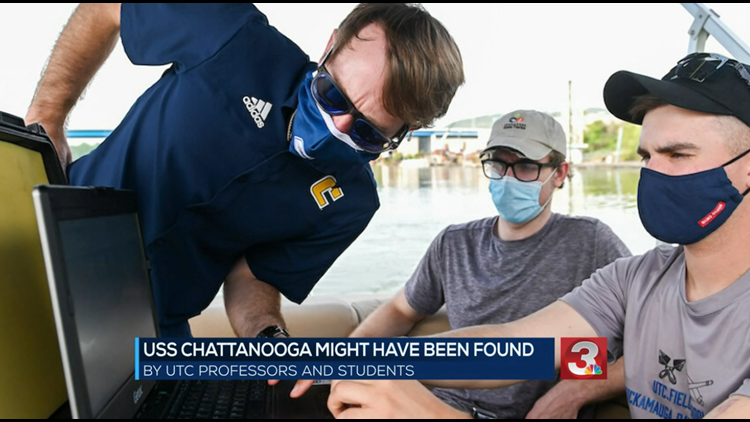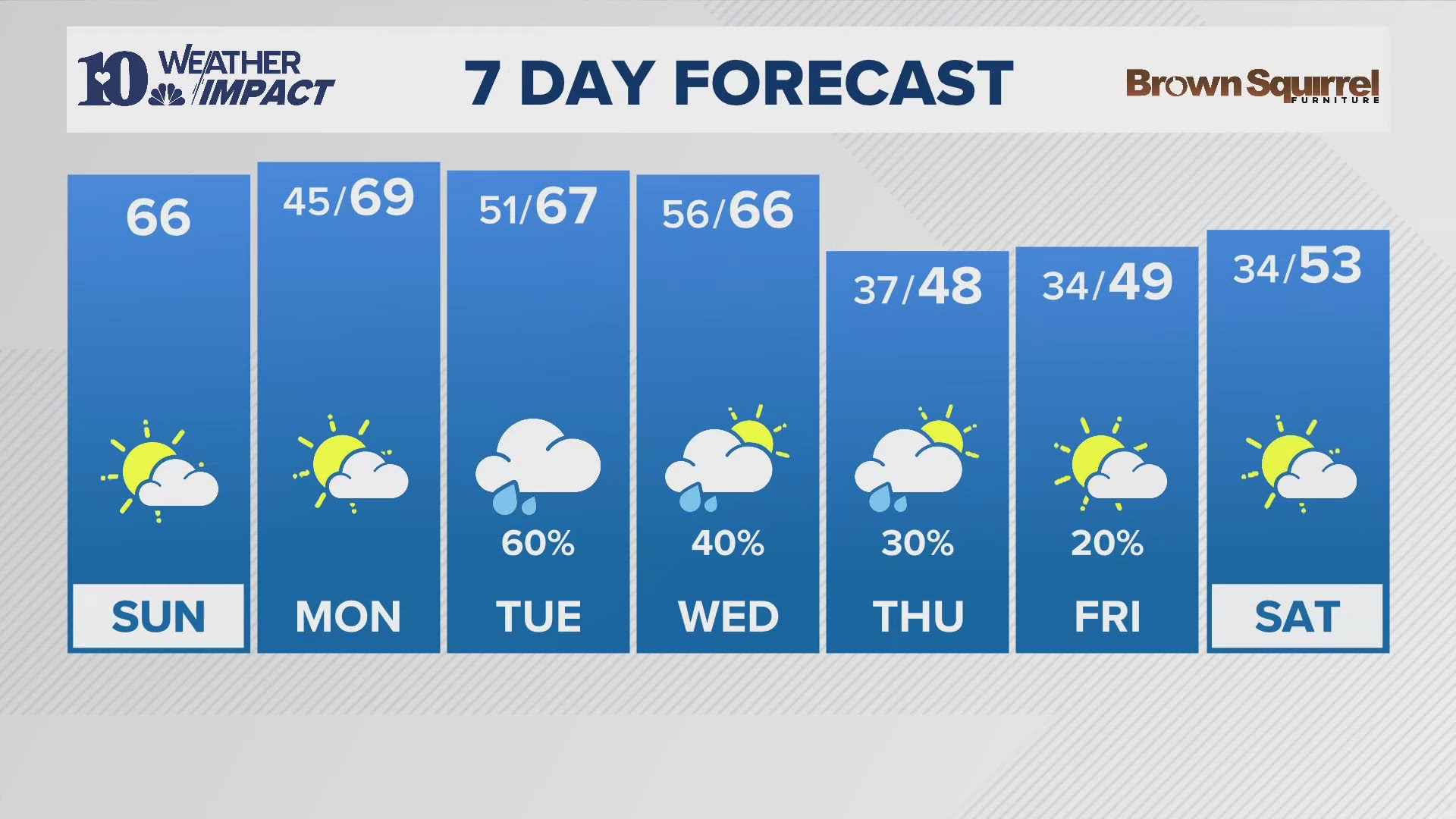CHATTANOOGA, Tenn. — On April 14, UTC Anthropology Professor Morgan Smith and his students went down the Tennessee River near the downtown Chattanooga area on a pontoon boat, and made a shocking discovery.
“About 30 minutes into the day,” Smith said, “we stumbled across a lot of wreckage and it could possibly be the wreckage of the USS Chattanooga.”
Upon further inspection, sonar imagery showed similarities to the historic supply boat.
The USS Chattanooga was critical in helping the Union win the Civil War. It provided crucial supplies to Union Soldiers under General Ulysses S. Grant.
It sank after the war was over. Its role in history is pivotal and significant for Chattanooga.
"It single-handily established this line that allowed for the union to push further south and precipitate the end of the war,” said Smith.
The next step is to confirm the wreckage found in the supply boat.
"High-resolution scanning of the vessel and other areas of the river to make sure we are in fact looking at the Chattanooga,” said Smith.
Smith values historical finds such as the one his sonar imagery might’ve shown because the lessons of yesterday can help us today.
"It's a stark reminder of a period that is not unlike one that we are going through now, and that we are bitterly divided and there are a lot of lessons in that,” he said.
He added that if the ship is determined to be the USS Chattanooga, it is the property of the U.S. Naval History and Heritage Command, and they would advise on what to do next with the ship.
PREVIOUS:
A UTC Department of Anthropology professor and students located a wreckage in the Tennessee River believed to be the Civil War-era U.S.S. Chattanooga.
On April 14, Assistant Professor Morgan Smith and students in his “Underwater Anthropology” course believe they found the ship sitting on the muddy river bottom using sonar equipment.
The ship had brought supplies to the army of U.S. Gen. Ulysses S. Grant outside Chattanooga in 1863.
Historical records say supplies had dwindled until there was only one loaf of bread left for Union soldiers.
After the war, the ship sat on the northern side of the Tennessee River across from what is now the Tennessee Aquarium and Riverfront. Eventually, the ship fell apart and sank.
“It had a big role in American history and it is unrecorded as far as archeological sites go. The state of Tennessee was not aware that this was even here before we did this survey today,” Smith told students before they pulled away from the Riverfront fishing pier on a pontoon boat.
With the wreckage found, the next step is to compare the sonar imagery with archival data, getting an idea of the length and width of the ship to see if they line up with what’s in the water.
Smith said construction techniques used at the time also will be compared to the wreck.



